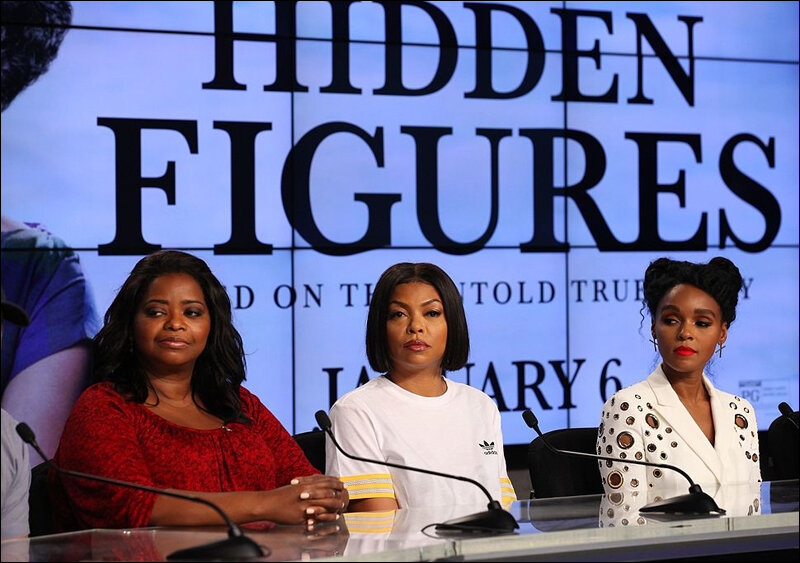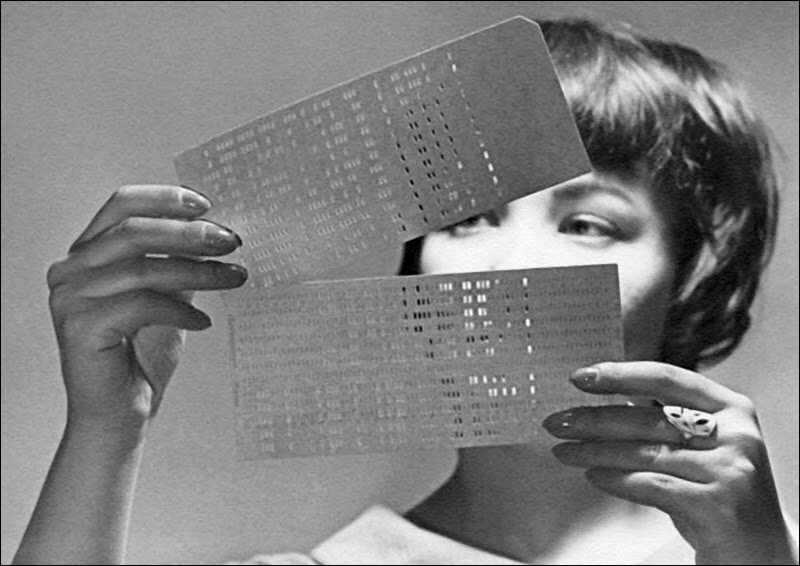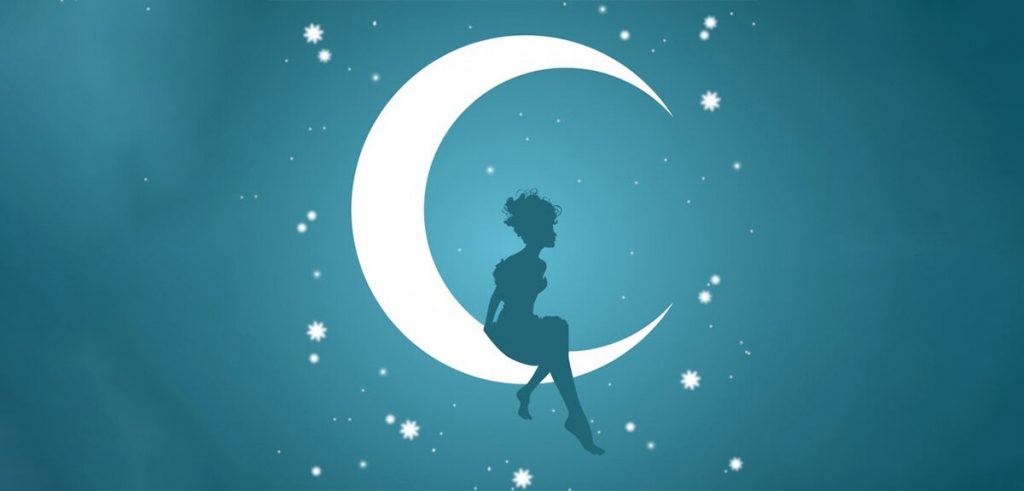Nigel Pereira recounts the contributions of women, in the past as well as today, in pushing humanity forward in its search for truth
They say behind every successful man there is a woman, and in this case, she isn’t cooking, cleaning, or doing the laundry. In this post, we’re going to talk about the women mathematicians, scientists, and engineers who are responsible for the technology that we take for granted today while rarely being mentioned or given credit for in history.
In a previous post on the evolution of data centers, we briefly mentioned the subject while talking about the first computers at NASA being trained by women, in this post we’re going to see that the first computers, in fact, were people, most of whom were women.
The woman who wrote the first computer program

While every history book on computers will talk about Charles Babbage, the man who invented the computer, what we don’t often hear about is that there was a woman in his life who wrote the first ever computer program.
That’s right, it was a woman named Ada Lovelace who met Charles Babbage in 1833 and wrote him a number of letters that we still have today as proof. It was in these letters that she wrote a mathematical sequence to calculate Bernoulli numbers which are considered by computer historians to be the very first computer program.
In a recent post, we mention how AI is now being used to make music today, what’s astonishing about Ada Lovelace is that she envisioned this back in 1843.
Sify Technologies – ICT Service Provider
When Charles Babbage was working to build the first ever computer to basically be a mathematical machine, it was Ada Lovelace who suggested that the Analytical Engine, as it was called, could be used to do so much more, even to compose music.
While Mr. Babbage rejected her ideas, which isn’t surprising for the 19th century, had he listened to her we might not have had to wait until the 1960s for the computer evolution.
The women who put the first man on the moon

If you haven’t watched the movie Hidden Figures, put it on your watch list now. While history remembers Neil Armstrong as the first man on the moon, it wasn’t until recently that the story of the Black women namely, Katherine Johnson, Dorothy Vaughan, and Mary Jackson came to light.
The story is about how a group of women was responsible for the precise calculations of trajectory that allowed NASA to send men to space and also get them back safely.
In addition to calculating the trajectory for NASA’s first space flight in 1961, this group of women also calculated the trajectory for Neil Armstrong’s Apollo 11 mission.
An important part of this story is the fact that these women did these calculations before we had computers and before segregation ended in the US. In fact, NASA, which was called NACA back then, only banned segregation in 1958 and there are stories of Katherine Johnson refusing to use segregated bathrooms and avoiding eating in segregated cafeterias.
Katherine Johnson received the presidential medal of freedom in 2015, the same medal Neil Armstrong received in 1969. Though she passed away in Feb 2020 at the grand old age of 101, she is survived by two daughters, both of whom are mathematicians, and one of whom also worked at NASA.
The first computers wore mascara

Before we had electronic computers, we had people who would do all the calculations by hand and these people were called computers. Yes, computing as a profession can be dated back to the 19th century, and a ‘computer’ was basically a job description.
Similar to how Cloud platforms today abstract away the complexities of infrastructure management so that developers can work on their apps, these human computers would abstract away the difficult calculations so that engineers were free to work on their projects.
With the onset of World War II and the shortages that followed, institutes like LMAL (Langley Memorial Aeronautical Laboratory) and NASA began recruiting more and more women for these jobs.
Going back to our previous post on the evolution of the data center, the first data center machine was called ENIAC and was used to calculate the trajectory of artillery shells. What’s interesting is that before the ENIAC there was a team of about 400 women led by Virginia Tucker who would calculate trajectories by hand and create “firing tables” that soldiers could refer to while firing artillery.
That’s probably why when the ENIAC was finally built, a woman called Jean Bartik and five of her colleagues were hired to program it, making them one of the world’s first digital computer programmers.
No Yang without the Yin
While a lot of people look at the tech industry as predominantly male with this image of Silicon Valley being built by a bunch of nerdy dudes typing code in their basements, everything isn’t as it seems.
As far as we know, the first female mathematician was Hypatia who was born in 355 AD in Alexandria in Egypt, she was also an astronomer and philosopher.
We know this because detailed knowledge exists of her life and work though that isn’t to say that there weren’t any before her whose lives have been lost to history.
In case you missed:
- This computer uses human brain cells and runs on Dopamine!
- Mainstream AI workloads too resource-hungry? Try Hala Point, Intel’s largest Neuromorphic computer
- Nvidia Project GROOT for humanoid robots
- Lab-Grown Brain Thinks It’s a Butterfly: Proof We’re in a Simulation?
- Age reversal technologies in 2024, longevity escape velocity by 2029?
- From Fridge to Fusion Reactor, How Mayonnaise is Facilitating Nuclear Fusion
- What’s Nvidia doing in the restaurant business?
- These AI powered devices add smells to virtual worlds
- Neuralink Blindsight and Gennaris Bionic eye, the future of ophthalmology?
- Could the Future of Communication Be Holographic?










2 Comments
Love it.
Nice. Also the movie Radioactive is worth watching as it’s about Madam Curie. She won a Nobel.